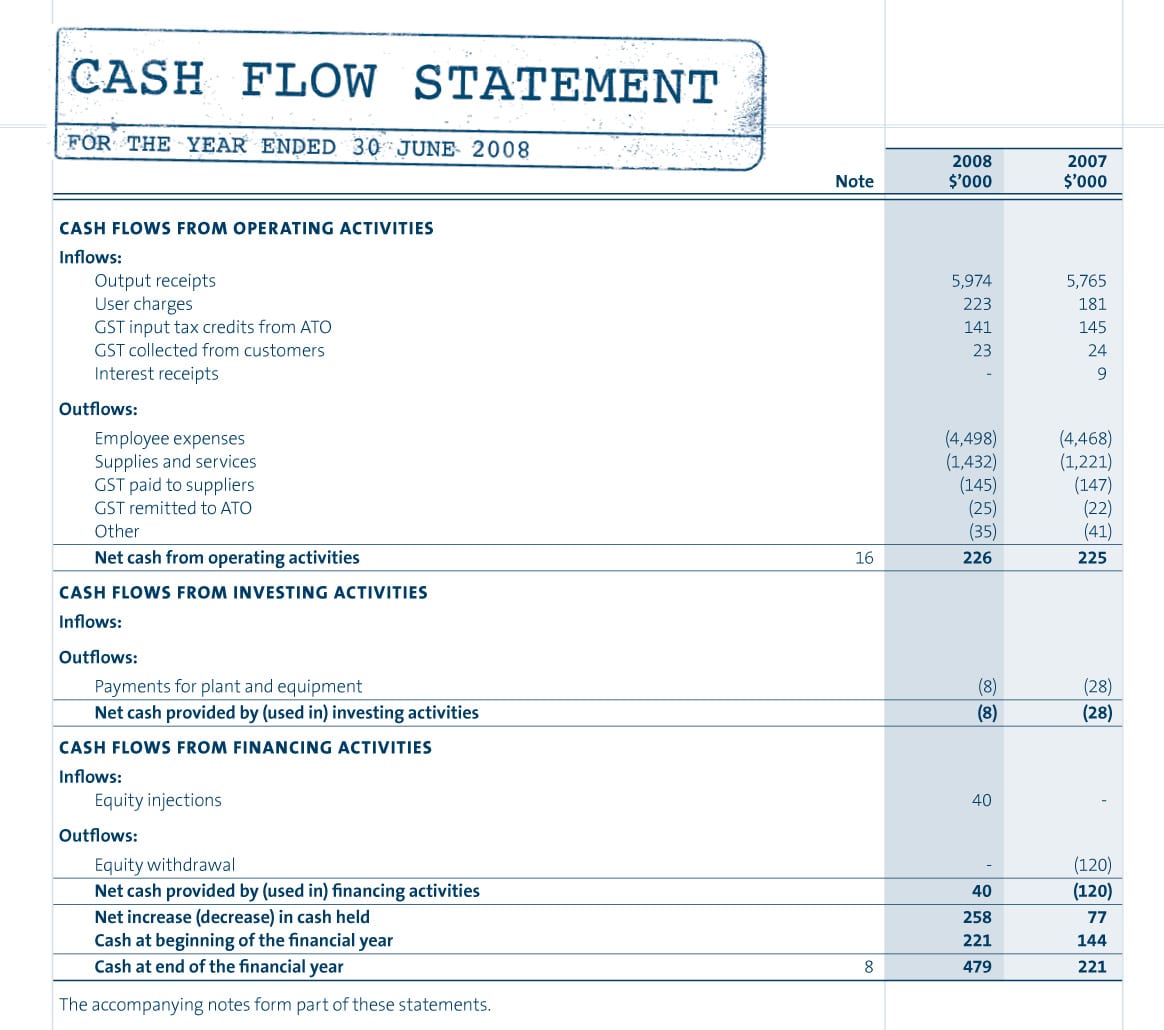
The current portion of long-term debt (CPLTD) is the amount of unpaid principal from long-term debt that has accrued in a company’s normal operating cycle (typically less than 12 months). It is considered a current liability because it has to be paid within that period. This line item is closely followed by creditors, lenders, and investors, who want to know if a company has sufficient liquidity to pay off its short-term obligations. If there do not appear to be a sufficient amount of current assets to pay off short-term obligations, creditors and lenders may cut off credit, and investors may sell their shares in the company. The short/current long-term debt is a separate line item on a balance sheet account.
Key Aspects of the Current Portion of Long-Term Debt (CPLTD):
However, the old acid-test ratio suffers from the same flaw as the old current ratio—it erroneously suggests that CPLTD, included as a current liability, is repaid by the current (acid) assets. The principal portion of an obligation that must be paid within one year of the balance sheet date. For example, if a company has a bank loan of $50,000 that requires monthly interest and principal payments, the next 12 monthly principal payments will be the current portion of the long-term debt. That amount is reported as a current liability and the remaining principal amount is reported as a long-term liability.
How is CPLTD different from long-term debt?
The liabilities of a balance sheet are broken into Current Liabilities and Noncurrent Liabilities. Current Liabilities are the debts that will be paid during the coming 12 months, and Noncurrent Liabilites are debts that will be paid in longer than 12 months. One unique type of liability though would be installment loans that may be paid in 3, 5 or 20 years. The majority of the loan will not be repaid in the next 12 months, but a small portion of the principal will as the borrower makes monthly P&I payments.
CREDIT CARDS

Notice that CPLTD appears in both the measure for the repayment of short-term debt—the current ratio—and the measure for the repayment of long-term debt—the DSCR. That is because the traditional current ratio encompasses both cycles, including both short-term liabilities and the current portion of long-term liabilities. To illustrate how businesses record long-term debts, envision a business takes out a $100,000 loan, payable north of a five-year period. Toward the beginning of each tax year, the company moves the portion of the loan due that year to the current liabilities section of the company’s balance sheet. At the beginning of each tax year, the company moves the portion of the loan due that year to the current liabilities section of the company’s balance sheet.
Example of the Current Portion of Long-Term Debt
Below is a break down of subject weightings in the FMVA® financial analyst program. As you can see there is a heavy focus on financial modeling, finance, Excel, business valuation, budgeting/forecasting, PowerPoint presentations, accounting and business strategy. As payments are made, the cash account decreases but the liability side decreases an equivalent amount. The same goes for SeaDrill that has a high number in its current portion of long-term debt and a low cash position.
Current Portion of Long Term Debt on Balance Sheet
It creates financial leverage, which can multiply the returns on investment provided the returns derived from loan exceeds the cost of loan or debt. However, it all depends if the company is utilizing the debt taken from the bank or other financial institution in the right manner. Meanwhile, the current portion of long-term debt should be treated as current liquidity as it represents the principal part of the debt payments, which are expected to be paid within the next twelve months. If not paid within the current twelve months, it gets accumulated and has an adverse impact on the immediate liquidity of the company. As a result, the company’s financial position becomes risky, which is not an encouraging sign for investors and lenders. Conventional accounting reports turbotax and handr block fix irs error delaying stimulus checks to some customers among current liabilities because, logically, it is a liability due in the current period.
- The balance sheet below shows that the CPLTD for ABC Co. as of March 31, 2012, was $5,000.
- In this article, we look at what short/current long-term debt is and how it’s reported on a company’s balance sheet.
- Long-term liabilities incorporate loans or other financial obligations that have a repayment schedule enduring north of a year.
- The same goes for SeaDrill that has a high number in its current portion of long-term debt and a low cash position.
- For example, if a company breaks a covenant in its loan, the lender may reserve the right to call the entire loan due.
For instance, on the off chance that a company owes a total of $100,000, and $20,000 of it is due and must be paid off in the current year, it records $80,000 as long-term debt and $20,000 as CPLTD. Current portion of long-term debt (CPLTD) refers to the section of a company’s balance sheet that records the total amount of long-term debt that must be paid within the current year. For example, if a company owes a total of $100,000, and $20,000 of it is due and must be paid off in the current year, it records $80,000 as long-term debt and $20,000 as CPLTD. CPLTD is the portion of debt a company has that is payable within the next 12 months. It’s presented as a current liability within a balance sheet and is separated from long-term debt. The current portion of long-term debt (CPLTD) refers to the section of a company’s balance sheet that records the total amount of long-term debt that must be paid within the current year.
It outlines the total amount of debt that must be paid within the current year—within the next 12 months. Both creditors and investors use this item to determine whether a company is liquid enough to pay off its short-term obligations. Creditors and investors will examine a company’s CPLTD to identify it’s ability to pay short-term obligations. A company will either use it’s cash flow or current assets to pay these short-term obligations, so CPLTD is helpful when projecting a company’s future financial performance. There is, of course, a business risk that revenue could fall short of break-even.
This situation may not be sustainable and may suggest that the mix of short-term and long-term debt is not optimal. Only by using the measures together is a more comprehensive understanding of liquidity possible. In summary, the Current Portion of Long-Term Debt (CPLTD) is the part of a company’s long-term debt that is due within the next 12 months. It is a key component of current liabilities on the balance sheet and plays a crucial role in assessing a company’s short-term financial obligations, liquidity, and overall debt management strategy. Properly managing CPLTD is essential for maintaining financial stability and ensuring that a company can meet its debt obligations without jeopardizing its operations. The current period ratio (Solution 2) is therefore the closer substitute for the old current ratio.
Chartered accountant Michael Brown is the founder and CEO of Double Entry Bookkeeping. He has worked as an accountant and consultant for more than 25 years and has built financial models for all types of industries. He has been the CFO or controller of both small and medium sized companies and has run small businesses of his own. He has been a manager and an auditor with Deloitte, a big 4 accountancy firm, and holds a degree from Loughborough University. The current portion of this long-term debt is $1,000,000 (excluding interest payments).
